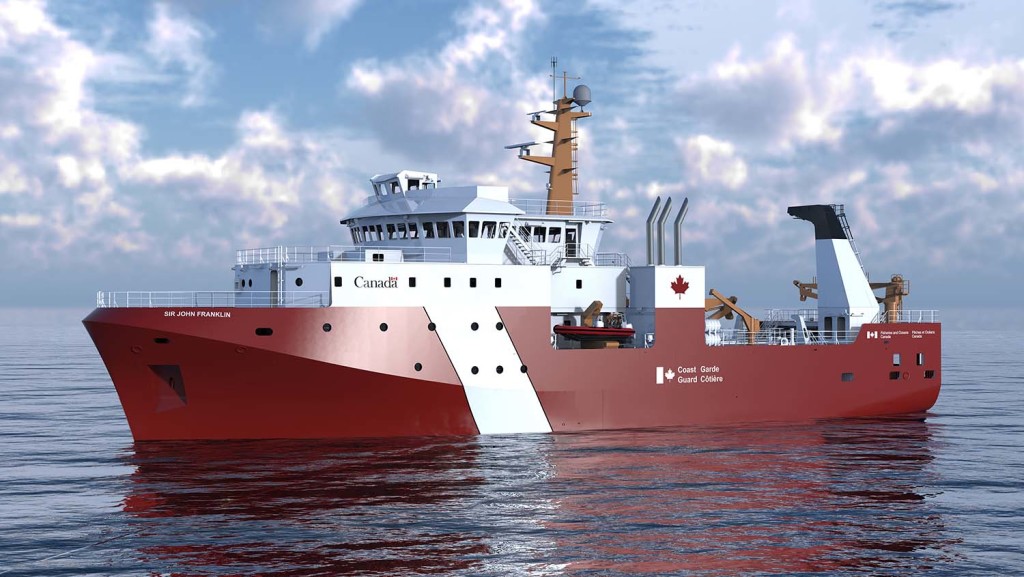In a related vein the Seaspan OFSV project was originally estimated at 244 MCAD in 2004 for three hulls and has climbed to 687 MCAD.
The OFSV is essentially a factory trawler. (And having been on board many of them I doubt that there are many "science tools" lacking on the modern factory trawler.
Here is one of the premier factory trawler fleets in the world
http://www.havfisk.no/no/flaten
https://www.undercurrentnews.com/2016/09/08/havfisk-adds-new-whitefish-factory-vessel-to-fleet/
http://www.havfisk.no/en/fleet/fleet-overview/gadus-neptun
https://www.undercurrentnews.com/2014/03/07/third-havfisk-trawler-baptised/
https://www.undercurrentnews.com/2016/02/22/havfisk-commissions-new-e34m-trawler/
Havfisk bought three 3400 tonne trawlers for 132 MUSD and have found money for a fourth this year.
It also bought another similarly sized trawler for mixed fisheries for 38 MUSD.
The OFSVs displace 3200 tonnes.
So, original estimate for three OFSV trawlers in 2004 - 244 MCAD
Current estimate for three OFSV trawlers in 2017 - 687 MCAD
Actual cost of three modern commercial trawlers - 180 MCAD
So why the "inflation"/"poor estimating"?
https://www.seaspan.com/nss-progress-galleries/nss-photo-gallery-ofsv3



